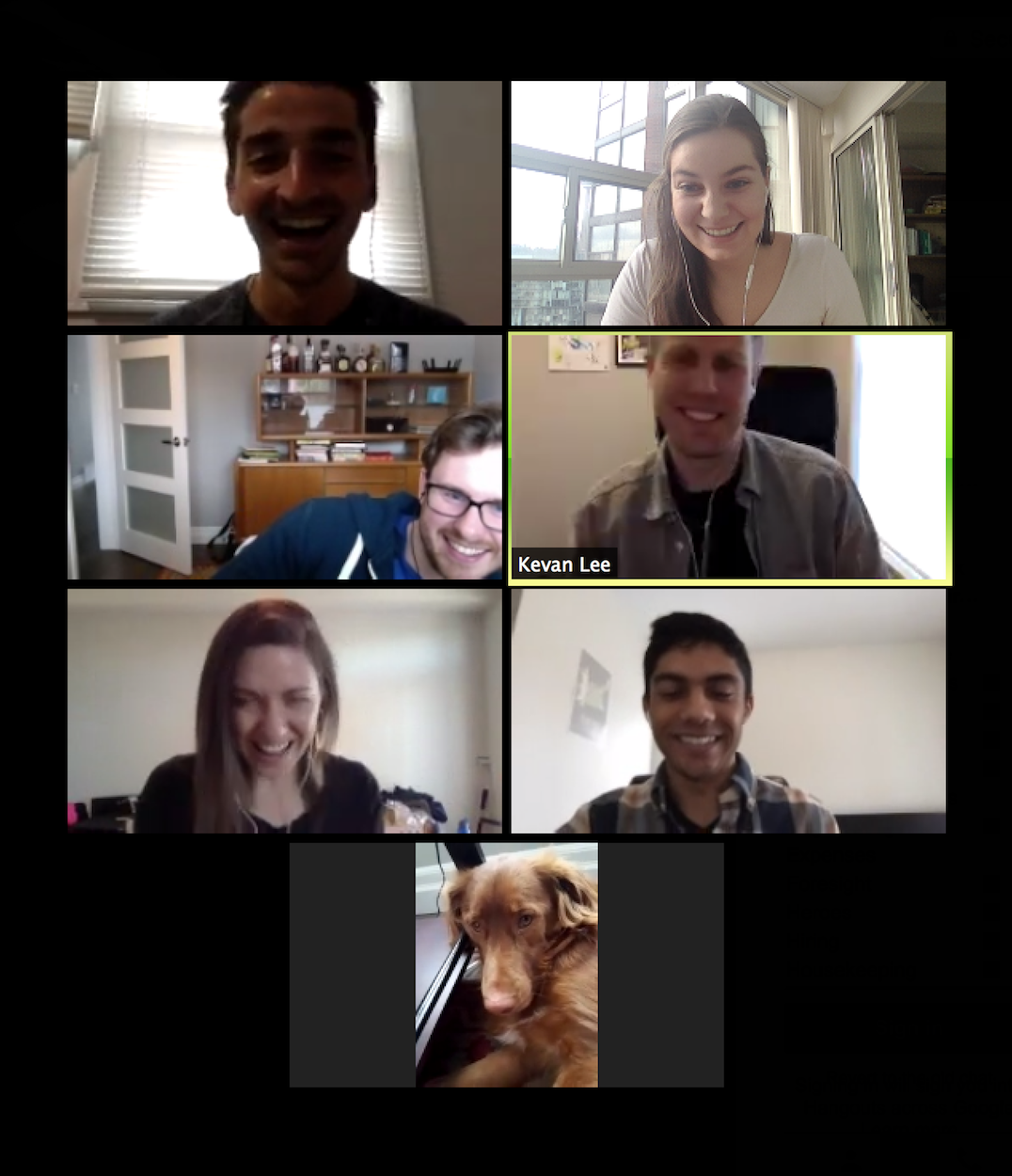
The Joys and Benefits of Working as a Distributed Team

Founder CEO @ Buffer
Buffer is a fully remote team.
It’s a decision I made at the end of 2012, when Buffer was in its infancy, and it’s interesting to reflect on that decision now. I am happy to report that I am in love with the choice we made to be distributed all across the world.
When I say that we’re a remote, distributed team, I mean that we’re literally spread across the whole world. Buffer is a team of 79 right now, and we have teammates on almost every continent and across timezones worldwide.
The sun never sets on Buffer!

6 reasons why being a remote, distributed team is so exciting
I think the distributed team discussion is often focused around the challenges. I wanted to share from our experience the fun side of being distributed, which I think far outweighs the challenges:
1. Our team is super productive
The thing about hiring people for a distributed team is that they need to be self-motivated and productive working at home, coffee shops, or a co-working space.
During the hiring process, we look especially for people who have worked as freelancers or on startups. Everyone on board is incredibly smart, and it’s humbling to work with them.
2. Team members have incredible amounts of freedom
Have a family event coming up and need to travel on Friday? No problem.
Want to take off to Bali or Gran Canaria for a few weeks and work from there? Awesome – please share photos :)
These things have all happened and are regular occurrences within our distributed team.
It’s the little things too, like being able to avoid a commute and spend more time with family. We don’t have working hours, and we don’t measure hours at all. We’re all excited about our vision, and we focus on results, balance, and sustained productivity.
3. It feels like the future
Even being able to share the locations of all my co-workers when I meet others and chat about Buffer is so fun and exciting. I think it provides a great story, rather than all of us being in the same office each day.
People ask how we manage it and I share our workflows and remote work tools. We call Slack our office, and Zoom is our conference room. Here’s a look at some of the team in a recent Zoom call:

I genuinely believe that how we’re set up will be very normal in a few years. There are certainly challenges and we’re still figuring a lot of it out. It’s fun and a huge privilege to be able to be part of this innovation and experiment and share our learnings.
4. I’m learning so much about the world
People within the team speak lots of different languages, and talking with each other we learn about what it’s like to grow up elsewhere in the world. We think carefully about shaping our culture further and how our choices might affect the various cultures within the team.
5. We travel the world to work together multiple times a year
Part of the DNA of Buffer is that we traveled all over the world for much of the first two years. This is something that has been sustained and is part of our values (and many in the team have lived up to this value by traveling as part of the team).
In order to have deliberate face-to-face time together to bond and have fun, we have regular teamwide Buffer retreats each year where we gather the full team, and we hold mini-retreats throughout the year for smaller teams and areas of the company.

On our all-company retreats, we spend a week working together and also do activities like sightseeing, boating and safaris. Most recently we gathered in Singapore!
6. Timezones make you awesome
Finally, you can look at timezones as an inconvenience, or you can embrace them and discover the magic of the time difference.
A key part of our vision is to set the bar for customer support. We obsessively track the happiness of our customers and our speed to respond to them. We have more than a million users and we reply to 80% of emails within 1 hour. We couldn’t achieve this level of service without being spread across multiple timezones.
Timezones are a huge help for our development cycle too – with engineers in the US, UK, Asia and Africa, we literally never stop coding.
Beyond the positives of having a fully distributed team, you can also learn about our list of perks and team benefits that all employees receive at Buffer.
Do you have experience of working in or growing a fully distributed team? Or do you have any thoughts about working in this way? I’d love to hear from you.
P.S. If you liked this post, you might enjoy our Buffer Blog newsletter. Receive each new post delivered right to your inbox! Sign up here.
Try Buffer for free
180,000+ creators, small businesses, and marketers use Buffer to grow their audiences every month.
Related Articles

Like many others, I read and reply to hundreds of emails every week and I have for years. And as with anything — some emails are so much better than others. Some emails truly stand out because the person took time to research, or they shared their request quickly. There are a lot of things that can take an email from good to great, and in this post, we’re going to get into them. What’s in this post: * The best tools for email * What to say instead of “Let me know if you have any questions” a

Highlights: * We spent $93,653 in August 2018 * We spent $3,041 on ads. We budget $4,000 per month (total!) * We spent $3,151 on software tools (our stack includes 28 paid tools) * Grab your free marketing budget template Tweet this ☝️ When I first started managing our marketing budget, I was a bit over my head. To put it mildly. What software were we actually spending money on? I didn’t know. What made sense for a monthly ad spend? Not sure. How much should we budget for the followi

Last month, Buffer spent $3.3 million – about half of all the cash we had in the bank – to buy out our main venture capital (VC) investors. Starting the conversations, negotiations, and process of this buy out was one of the most important decisions I’ve made in the Buffer journey so far, and it was the culmination of more than a year of work. This is a key inflection point for Buffer that puts us truly on a path of sustainable, long-term growth. Here is the full journey of how we decided on t